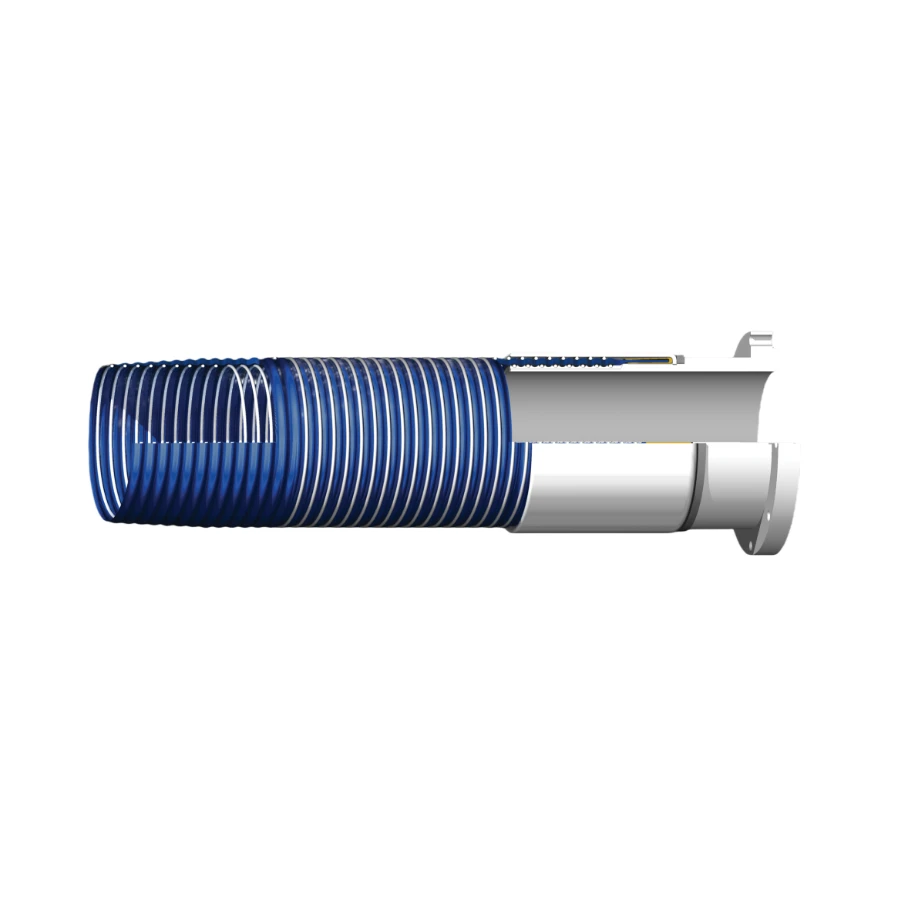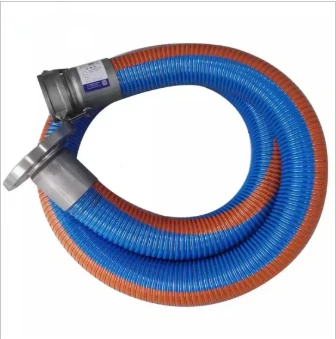
- Afrikaans
- Albanian
- Amharic
- Arabic
- Armenian
- Azerbaijani
- Basque
- Belarusian
- Bengali
- Bosnian
- Bulgarian
- Catalan
- Cebuano
- Corsican
- Croatian
- Czech
- Danish
- Dutch
- English
- Esperanto
- Estonian
- Finnish
- French
- Frisian
- Galician
- Georgian
- German
- Greek
- Gujarati
- haitian_creole
- hausa
- hawaiian
- Hebrew
- Hindi
- Miao
- Hungarian
- Icelandic
- igbo
- Indonesian
- irish
- Italian
- Japanese
- Javanese
- Kannada
- kazakh
- Khmer
- Rwandese
- Korean
- Kurdish
- Kyrgyz
- Lao
- Latin
- Latvian
- Lithuanian
- Luxembourgish
- Macedonian
- Malgashi
- Malay
- Malayalam
- Maltese
- Maori
- Marathi
- Mongolian
- Myanmar
- Nepali
- Norwegian
- Norwegian
- Occitan
- Pashto
- Persian
- Polish
- Portuguese
- Punjabi
- Romanian
- Russian
- Samoan
- scottish-gaelic
- Serbian
- Sesotho
- Shona
- Sindhi
- Sinhala
- Slovak
- Slovenian
- Somali
- Spanish
- Sundanese
- Swahili
- Swedish
- Tagalog
- Tajik
- Tamil
- Tatar
- Telugu
- Thai
- Turkish
- Turkmen
- Ukrainian
- Urdu
- Uighur
- Uzbek
- Vietnamese
- Welsh
- Bantu
- Yiddish
- Yoruba
- Zulu

2月 . 14, 2025 12:50 Back to list
types of hydraulic hose


Fluid Compatibility Always choose a hose material compatible with the transmitted fluid to prevent reaction and degradation. PTFE hoses, for instance, are ideal for aggressive chemicals. Check manufacturer guidelines for compatibility charts. Temperature Tolerance Assess the operating temperature of the system. Metal and PTFE hoses offer superior high-temperature resistance, while thermoplastic hoses perform well in moderate temperature ranges. Pressure Rating Match the hose to the system’s pressure rating to avoid catastrophic failures. Reinforced rubber hoses are generally preferred for high-pressure scenarios due to their multi-layered construction. Environmental Factors Consider environmental conditions such as exposure to sunlight, moisture, and potential abrasives. While metal hoses perform well in extreme environments, thermoplastic hoses might require protective coatings to counteract UV radiation and weathering. Regulatory Compliance Ensure hoses meet industry standards and regulations. This not only secures operational integrity but also enhances trustworthiness and safety. Certifications from recognized authorities like SAE (Society of Automotive Engineers) and ISO (International Organization for Standardization) offer a mark of quality assurance. Selecting and maintaining the correct hydraulic hose type not only ensures efficient system performance but also enhances the life span of the equipment, ultimately reducing downtime and operational costs. Engaging with trusted manufacturers and suppliers who provide detailed specifications and installation guidance forms a critical part of achieving operational excellence. Incorporating these insights and leveraging professional knowledge can significantly improve decision-making processes surrounding hydraulic hoses, ensuring that operations remain fluid, safe, and efficient. By maintaining an authoritative approach towards hydraulic component selection, businesses can trust in the resilience and performance capabilities of their hydraulic systems.
Latest News
Steel Wire Reinforced Hydraulic Hose SAE 100 R1 / EN853 1SN S
NewsOct.17,2024
Two Layers Steel Wire Reinforced Hydraulic Hose SAE 100 R2 / EN853 2SN
NewsSep.03,2024
Textile Braid Reinforced Hydraulic Hose SAE100 R3+R6
NewsSep.03,2024
Textile Reinforced Hydraulic oil Suction Hose with embedded Steel Wire SAE 100 R4
NewsSep.03,2024
Single Wire Braid and Textile Covered Hydraulic Hose SAE 100 R5
NewsSep.03,2024
High Pressure Thermoplastic Hydraulic Hose SAE 100 R7 / EN855 R7 - SAE 100 R8 / EN855 R8
NewsSep.03,2024
Heavy Duty Four-layer Steel Wire Spiral Reinforced Hydraulic Hose SAE100R9+R10+R12
NewsSep.03,2024
Heavy Duty Multi-layer Steel Wire Reinforced Hydraulic Hose SAE100R13 SAE100R15
NewsSep.03,2024
Latest Products










